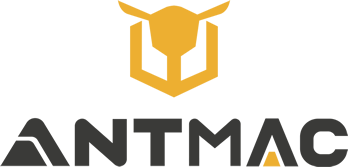Unveiling the Distinctions: Self-Propelled, Vehicle-Mounted, and Towed Aerial Lifts
In numerous industries, including construction, municipal maintenance, and industrial installation, high-altitude operations are commonplace. Aerial lifts, as essential equipment ensuring both safety and efficiency, come in various types, each with unique functions. Among them, self-propelled, vehicle-mounted, and towed aerial lifts are widely used, differing significantly in structure, performance, and application scenarios.
Self-Propelled Aerial Lifts: The All-Around Workhorses
Self-propelled aerial lifts are highly versatile. The range spans from compact scissor lifts—ideal for navigating narrow indoor spaces, such as for replacing mall lighting fixtures or maintaining hotel lobbies—to robust articulated and straight-boom models. Articulated self-propelled lifts feature multi-segmented arms, resembling flexible robotic limbs. Capable of 360-degree rotation, they effortlessly maneuver over obstacles, enabling operators to reach multiple workpoints from a single setup. These are frequently deployed for tasks like urban building facade maintenance and power line repairs.
Straight-boom self-propelled lifts excel in vertical reach, often extending dozens of meters. With a 360-degree rotating turntable, a platform that can oscillate ±90°, and a jib arm with +70°/-60° articulation, they're indispensable for large-scale projects like stadium steel structure installation or shipbuilding. Equipped with independent power sources—either electric or fuel-driven—operators can seamlessly control lift, movement, and steering directly from the platform, eliminating the need for external power or towing and maximizing operational flexibility.
Vehicle-Mounted Aerial Lifts: The Mobile Efficiency Powerhouses
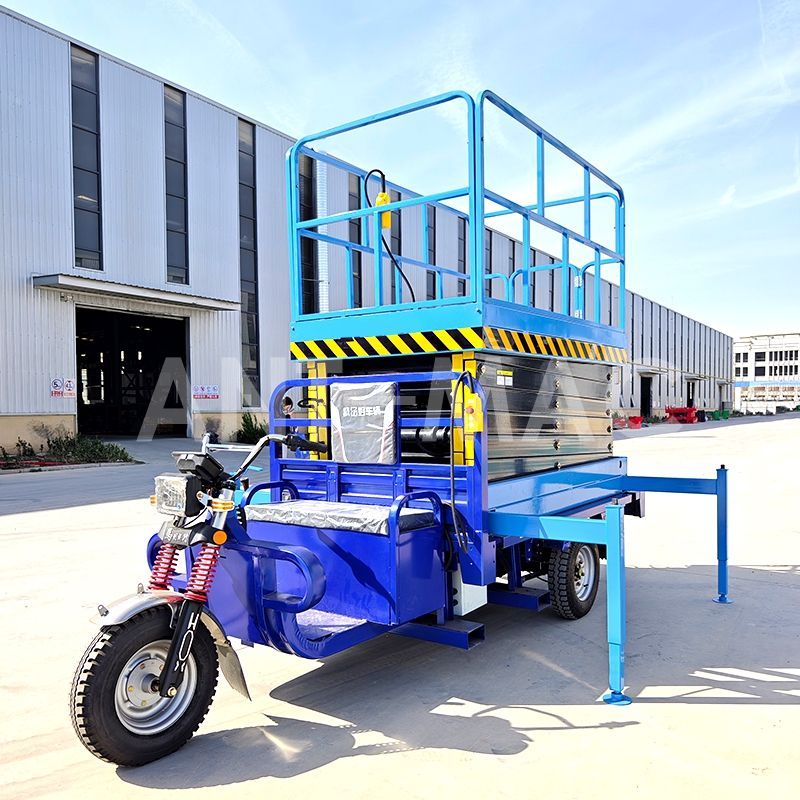
Vehicle-mounted aerial lifts integrate lifting mechanisms with vehicle chassis, offering two primary configurations: large-scale truck-mounted lifts and compact three-wheeled scissor lifts. Truck-mounted models leverage the vehicle's engine or DC power for rapid transit between job sites. For instance, during city streetlight maintenance, they can swiftly move along roads, or in remote power line repairs, their off-road capabilities allow access to challenging terrains. Hydraulic H-shaped outriggers deploy upon arrival, ensuring stability during operation.
Three-wheeled scissor lifts, however, prioritize maneuverability. Their compact design enables navigation through narrow alleys, making them perfect for municipal projects and tree trimming. By integrating the lift onto a three-wheeled base, these units utilize vehicle power—either DC or engine-driven—to operate the lift, catering to high-mobility, short-distance tasks.
Towed Aerial Lifts: The Cost-Effective Reliable Partners
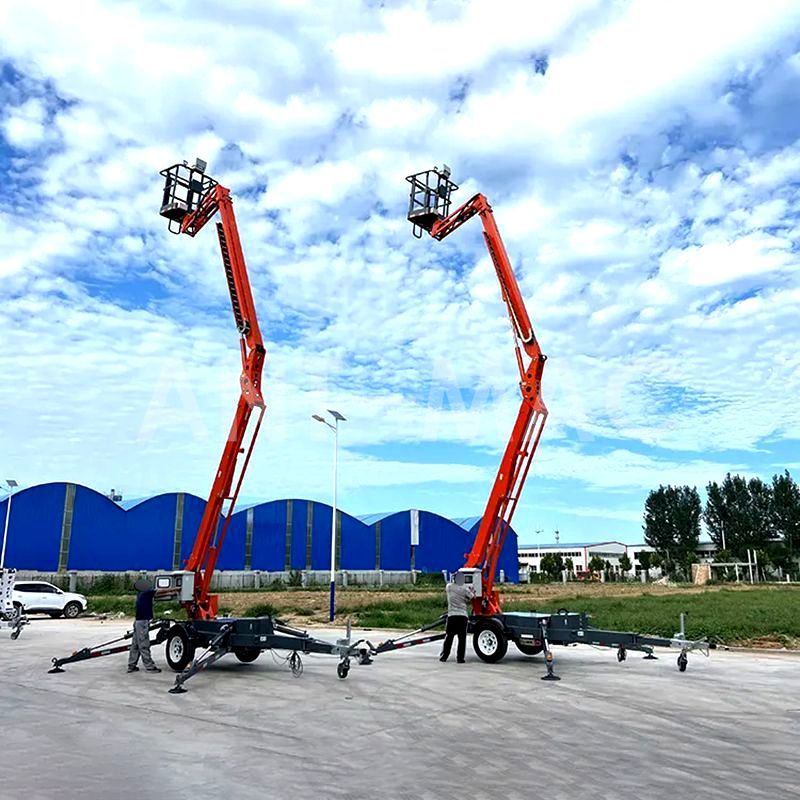
Towed aerial lifts lack self-propulsion and rely on external vehicles, such as pickups or trucks, for transportation. Their arm structures vary, mirroring those of vehicle-mounted models with straight or articulated booms. Despite their larger size, towed lifts offer extensive working ranges and, with the help of towing vehicles, can operate continuously over long distances. These lifts tolerate uneven terrains well, making them advantageous in open environments.
In large construction sites, they can be relocated to different areas, supporting tasks like exterior wall painting or scaffold erection. Similarly, in bridge construction, they can be towed along temporary access roads to reach various bridge sections. Their affordability and adaptability make them a go-to choice for large-scale, long-distance high-altitude operations.
Self-propelled lifts prioritize flexibility across diverse environments, vehicle-mounted models emphasize rapid transit for far-reaching tasks, and towed lifts balance cost-efficiency with expansive operation in open spaces. Professionals across industries should consider factors like work environment, task requirements, and budget when selecting an aerial lift to ensure safe and efficient high-altitude operations.
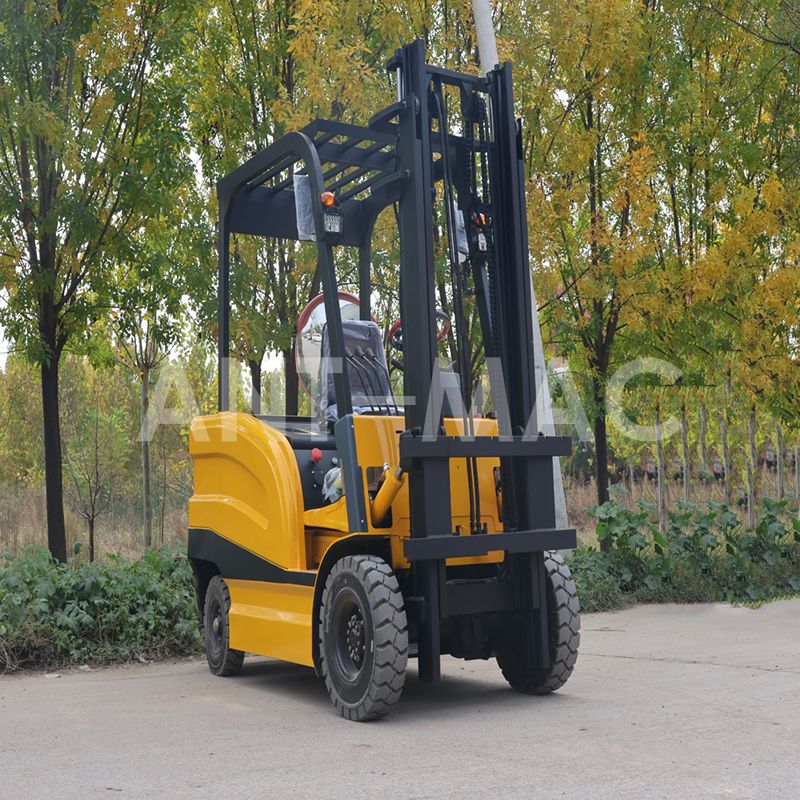 Industry Trendsetter: Antmac's
Industry Trendsetter: Antmac's
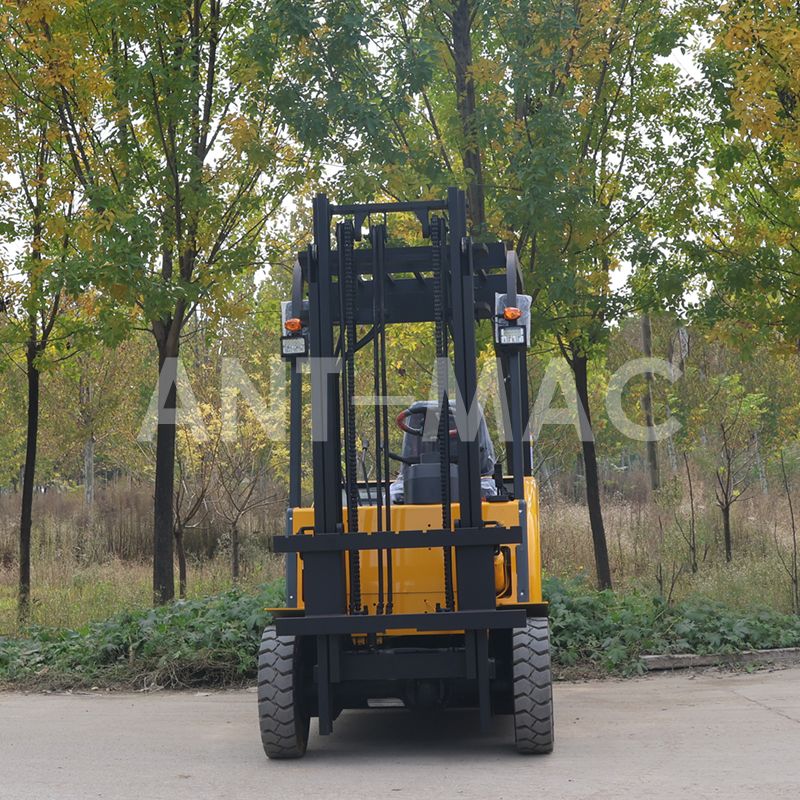 Antmac Leads Industry Upgrade
Antmac Leads Industry Upgrade
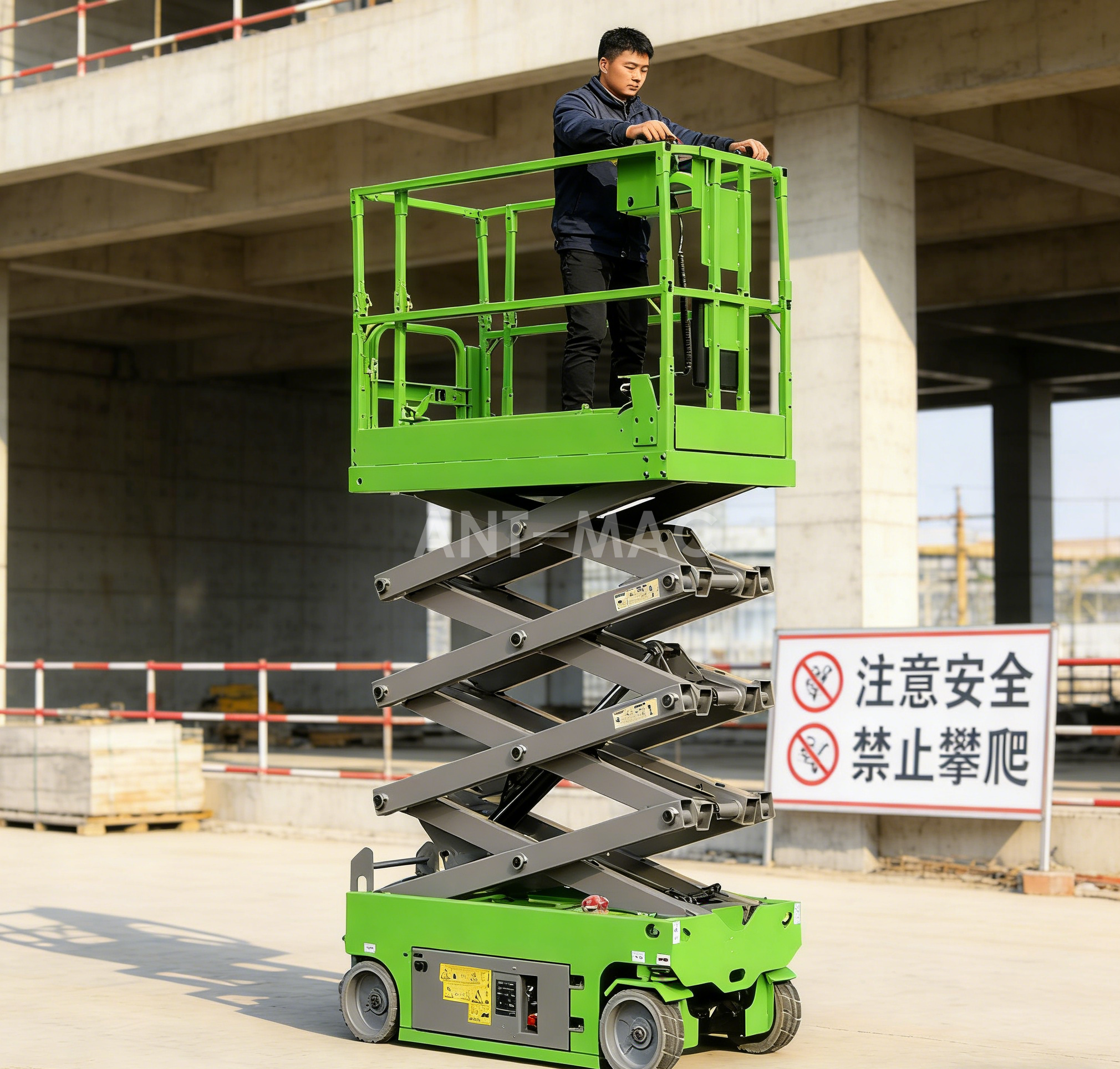 Beyond Lifting: Redefining Con
Beyond Lifting: Redefining Con
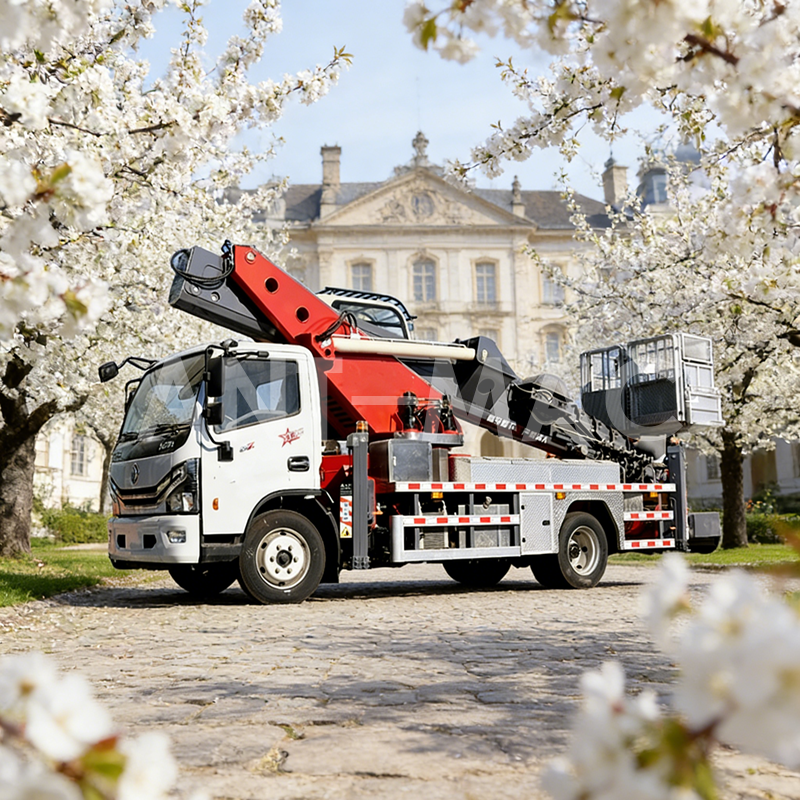 In-depth Analysis of Return on
In-depth Analysis of Return on
 Russian
Russian